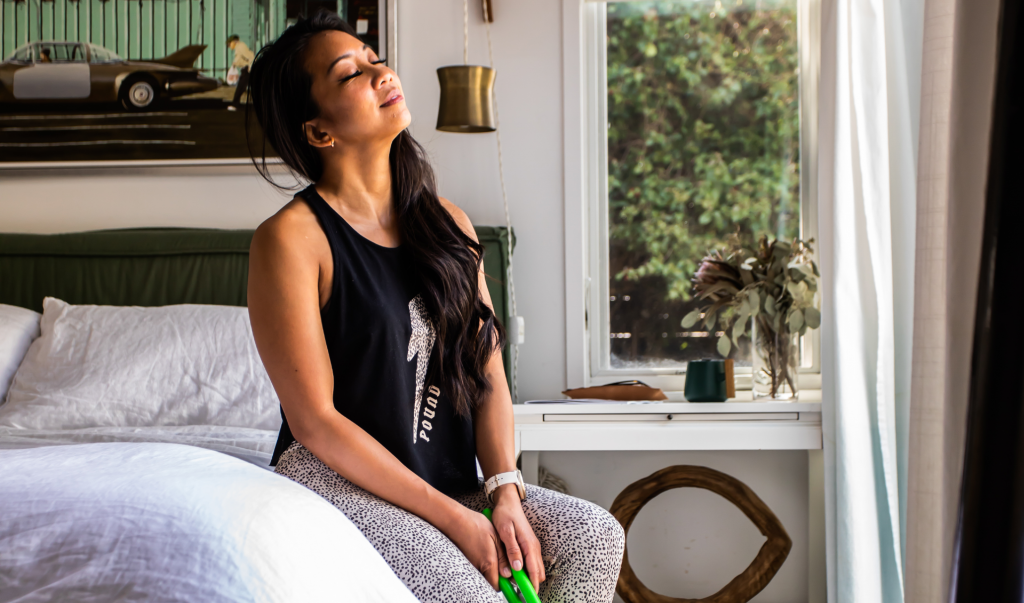So, what’s a “Circadian Rhythm” anyway? Also called your “internal clock,” the circadian clock is a cluster of about 20,000 neurons in the hypothalamus at the base of the brain. When your eyes perceive light during the day, they let the brain know it is time to be awake. This triggers a release of a series of hormones, including cortisol, making sure you are awake (or at least conscious 😉).
Your body uses signals, called ‘zeitgebers’ (which is German for “time giver” or “synchronizer”) to determine whether it is day or night and to synchronize circadian rhythms accordingly. Light is the most impactful zeitgeber for regulating your circadian rhythm. Even when you close your eyes, they still perceive light and this can affect how your regulation works. Other zeitgebers include getting your heart rate into the aerobic and anaerobic ranges, caloric intake, body temperature, social interaction, brain stimulation, and more.
Here are some techniques for getting your circadian rhythm regulated:
- Spend 2 minutes or more in early morning light and 2 minutes or more in early evening light to reset
- Keep your bedtime and wake time consistent; Consistency is key in training your internal clock to know when it’s time to sleep.
- Get moving! Even 5 minutes of movement in the aerobic range can improve your quality of sleep and how long you’re able to stay asleep. Make sure to get that movement in more than 2 hours before your bedtime so you have time to wind down.
- Caffeine. Sweet, sweet caffeine. Whether you’re a coffee drinker, matcha aficionado, tea lover, or something else, limiting your caffeine intake and keeping your consumption as early in the day as you can is the key to success. On average, it takes 5 hours for the body to eliminate half the caffeine you consumed.
Challenge: Spend 2 minutes in the early morning light and 2 minutes in the early evening light. Step outside if you can! Exposing ourselves to evening light, specifically, can help combat the negative effects of blue light from devices toward sleep. That said, avoid looking at your phone in the middle of the night; blue light is your internal clock’s arch-nemesis. Need to check the time? Consider an old-school clock on your bedside table.

